Gardening is a passion enjoyed by millions around the world. It is an activity that can bring immense personal satisfaction and tangible results in beautiful flowers, delicious fruits and vegetables, or a well-manicured landscape. To keep your garden looking its best, it's not just your green thumb that matters: your tools must also be in top shape. Proper care and maintenance of garden tools are crucial for effective gardening. In this comprehensive guide, we'll explore the reasons for maintaining your garden tools and provide step-by-step instructions on how to care for them, ensuring they last for many seasons to come.
Why Garden Tool Maintenance Matters
Before discussing the maintenance routine, let's consider why keeping your tools in good condition is so important.
- Efficiency: Sharp and well-maintained tools make gardening tasks easier and quicker.
- Safety: Dull or damaged tools can be dangerous, causing accidents or injury.
- Plant Health: Clean tools help prevent the spread of disease from one plant to another.
- Longevity: Adequate care can significantly extend the life of your gardening tools, saving you money in the long run.
- Cost-Effectiveness: Taking care of your tools avoids the need for frequent replacements, which can be costly.
Caring for Your Garden Tools: A Step-by-Step Guide
The life of garden tools can be prolonged with proper care and regular maintenance. Here's how to keep them in tip-top condition.
Step 1: Clean Your Tools After Each Use
The most straightforward step to keeping your tools in good shape is to clean them after each use. It involves removing soil, sap, or other debris that might have accumulated during your gardening session.
How to Clean Your Tools:
- For hand tools like trowels or pruners, use a strong stream of water from a hose or soak them in a bucket of water.
- For larger tools like shovels or forks, use a wire brush or putty knife to scrape off clinging dirt.
- Wipe down all tools with a cloth or towel to dry them off before storing them.
Preventative Measures:
- Consider using a sand and oil mixture in a bucket to clean quickly and oil the metal parts of your tools. Simply push the tool into the sand several times.
- Use products like turpentine or a natural solution like citrus oil to break down the sticky substance for sap or resin.
Step 2: Sharpen Your Tools Regularly

Sharp tools work better and require less effort to use. They also make cleaner cuts, which are better for plant health.
Sharpening Your Tools:
- Pruners, shears, and loppers: Use a sharpening stone or file. Hold the tool firmly and follow the original angle of the cutting edge.
- Shovels, hoes, and spades are best sharpened with a mill file. Slide the file along the edges to restore sharpness, keeping your strokes even and consistent.
- Lawnmower blades: These can be sharpened with a metal file or a bench grinder, but they must be removed from the lawnmower first. Make sure the blade is balanced before reattaching it.
Step 3: Oil Tools to Prevent Rust
Moisture is the enemy of metal parts and can lead to rust. Prevent rust by regularly oiling your tools.
Oiling Your Tools:
- Wipe the metal surfaces with a rag moistened with machine oil or apply a silicone spray.
- Wooden handles can be maintained by rubbing in linseed oil to keep them supple and prevent drying and cracking.
Step 4: Store Your Tools Properly
Good storage is key to tool longevity. Always store your tools in a dry place. Hang larger tools to prevent warping and keep them off direct soil or concrete floors where they can rust.
Storage Tips:
- Use hooks or racks for hanging tools. This keeps them off the ground and helps maintain their shape.
- Toolboxes or garden totes can be helpful for smaller tools, keeping them organized and portable.
- If space allows, create a designated gardening storage area, like a shed or corner of your garage.
Step 5: Handle Repairs Promptly
Don't ignore minor issues. Loose handles, dull blades, or any signs of wear should be addressed promptly to avoid further damage.
Common Repairs:
- Tightening Loose Handles: Use wood shims or expandable glue within the joint to secure the handle.
- Replacing Parts: Replace springs or blades on pruners and loppers when necessary.
- Fixing Broken Handles: Sometimes, a handle needs to be replaced. Most hardware stores carry replacement handles, and the process often involves just a few screws or rivets.
Step 6: Seasonal Maintenance
At the end of the gardening season, thorough maintenance is essential before storing tools for the winter.
End-of-Season Maintenance:
- Disassemble tools if possible, and give them a detailed cleaning and oiling.
- Sand down any rust spots that have developed during the season.
- Sharpen tools one last time before storing them.
- For electric or gas-powered tools, follow the manufacturer's guidelines for end-of-season care.
Special Considerations for Power Tools
Power tools like hedge trimmers, chainsaws, and lawnmowers require additional maintenance:
- Always check the manufacturer's manual for specific instructions and safety guidelines.
- Clean: Remove any debris and clean according to the manual. Air filters, spark plugs, and cooling fins often need attention.
- Inspect: Look for signs of wear, such as cracks or fraying cords. Check moving parts like chains or blades for proper tension and lubrication.
- Fuel: Drain or stabilize fuel before storage for chainsaws and lawnmowers to prevent fuel system issues.
FAQs on Garden Tool Care and Maintenance
Q: How often should I sharpen my garden tools?
A: Ideally, sharpen your cutting tools at least once at the beginning of the growing season. Heavy-use tools may need more frequent attention. Monitor the tool's performance; it's probably time to sharpen if it's becoming less efficient or requires more effort.
Q: What is the best way to remove rust from garden tools?
A: For light rust, use a wire brush or sandpaper. For heavier rust, you may need to soak the tool in vinegar or a commercial rust remover before scrubbing it clean. After removing rust, always dry and oil the tool to protect it from future corrosion.
Q: Can I use motor oil to maintain my garden tools?
A: While motor oil can protect against rust, it's not the most environmentally friendly option. Consider using plant-based oils or silicone sprays for an eco-friendly alternative.
Q: How do I know if my tool is beyond repair?
A: If the cost of repairs approaches or exceeds the price of a new tool, replacing it may be more economical. Also, some damage, like severe cracks in metal or extensive rust, might mean the tool is no longer safe or effective.
Final Thoughts
The health and beauty of your garden are influenced not only by your gardening skills but also by the condition of your tools. Caring for and maintaining your garden tools will make gardening more enjoyable, efficient, and productive. By following these simple steps, you'll ensure that your tools are always ready for the next task and will serve you well for many seasons. Remember, the time and effort spent on tool care are investments in your gardening success.
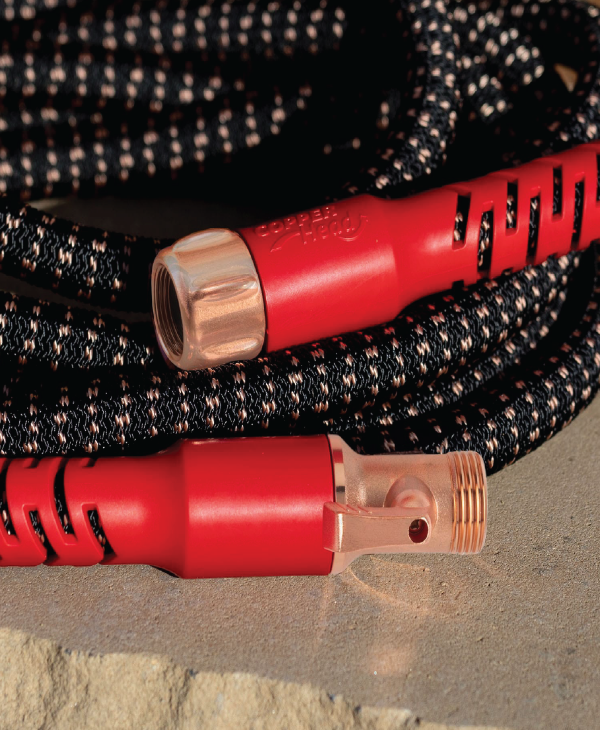
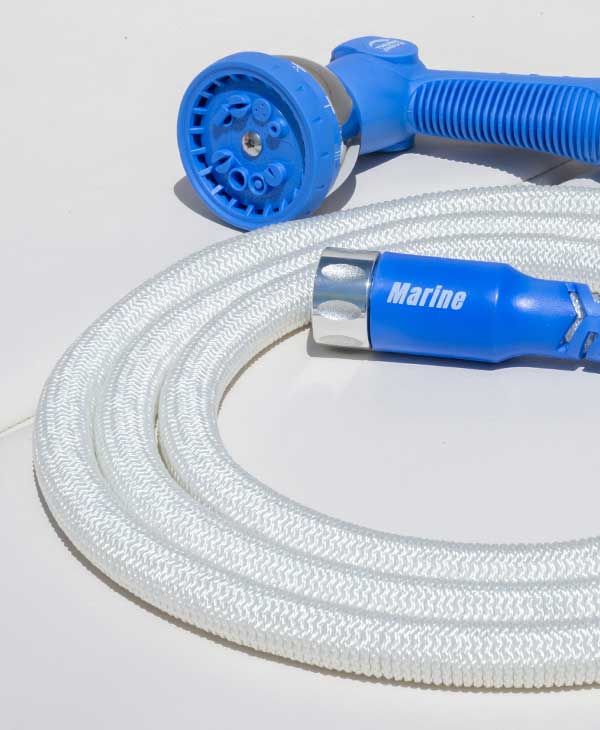
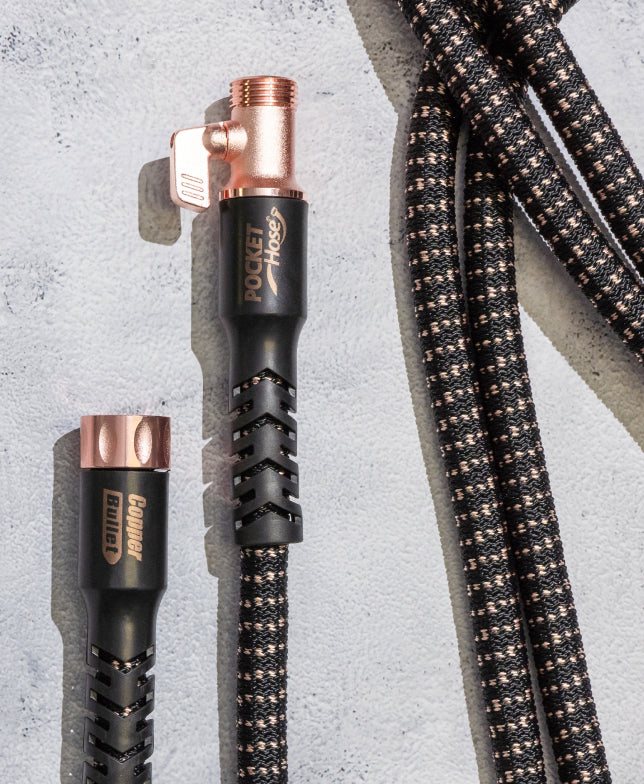
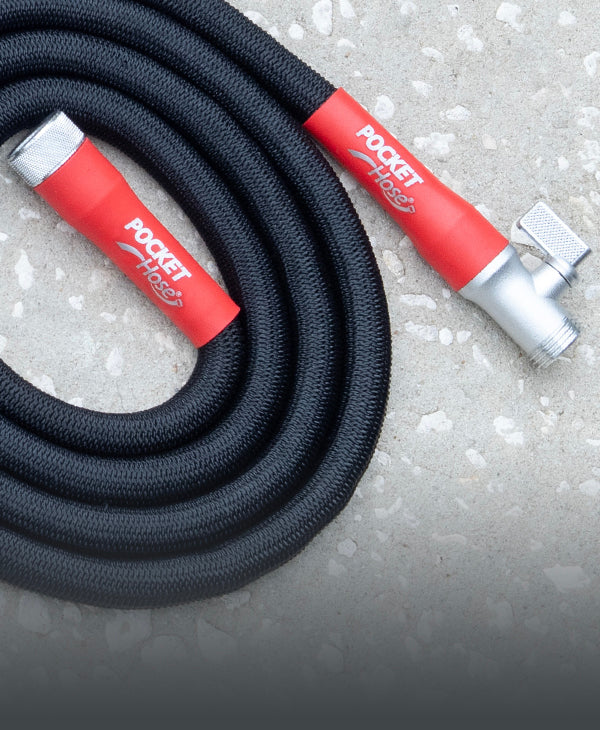
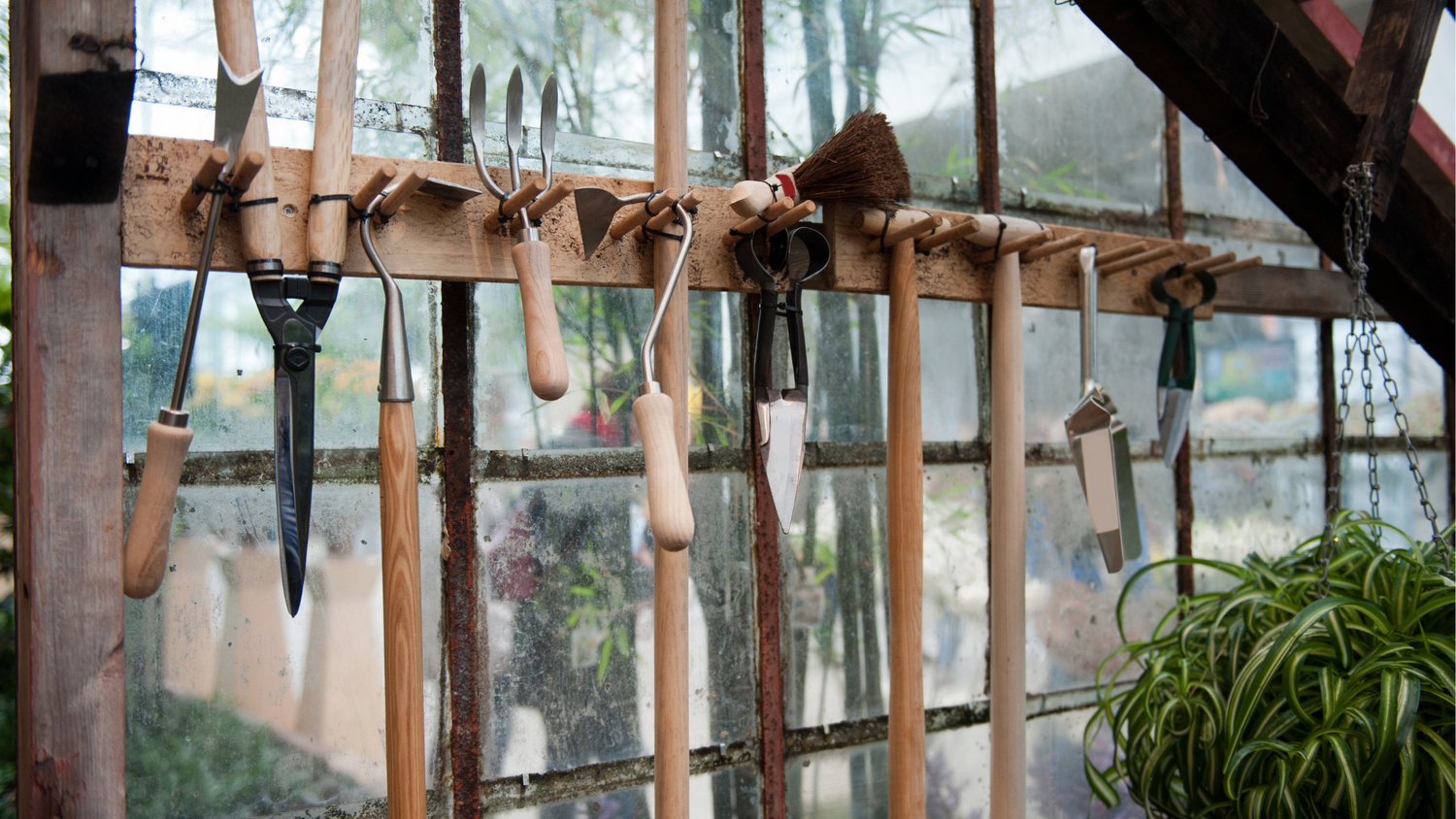
Leave a comment
This site is protected by hCaptcha and the hCaptcha Privacy Policy and Terms of Service apply.